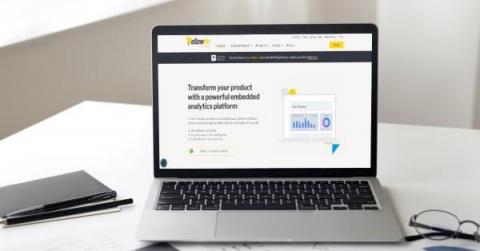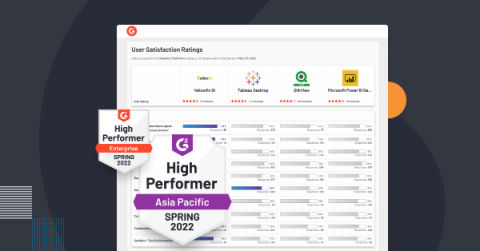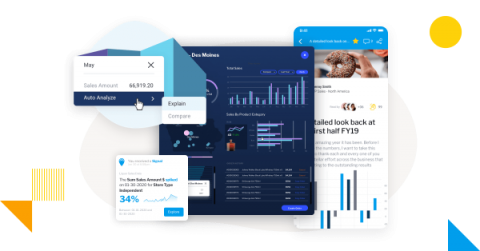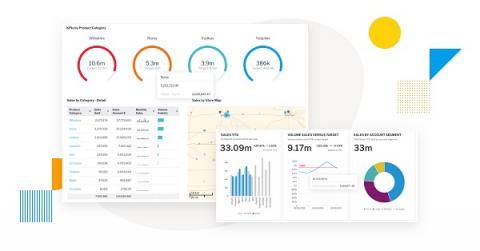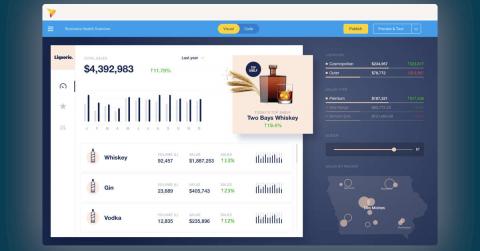How augmented analytics automates actionable insights
Business data is continuously growing in complexity and quantity. With so many variables, it’s impossible to scan every dashboard or report with a fine-eye, or track every trend. To get the most insights out of your dashboards and reporting today requires a two-prong approach of both manual analysis and automated analysis - the latter of which requires the integration and use of what is called augmented analytics.



